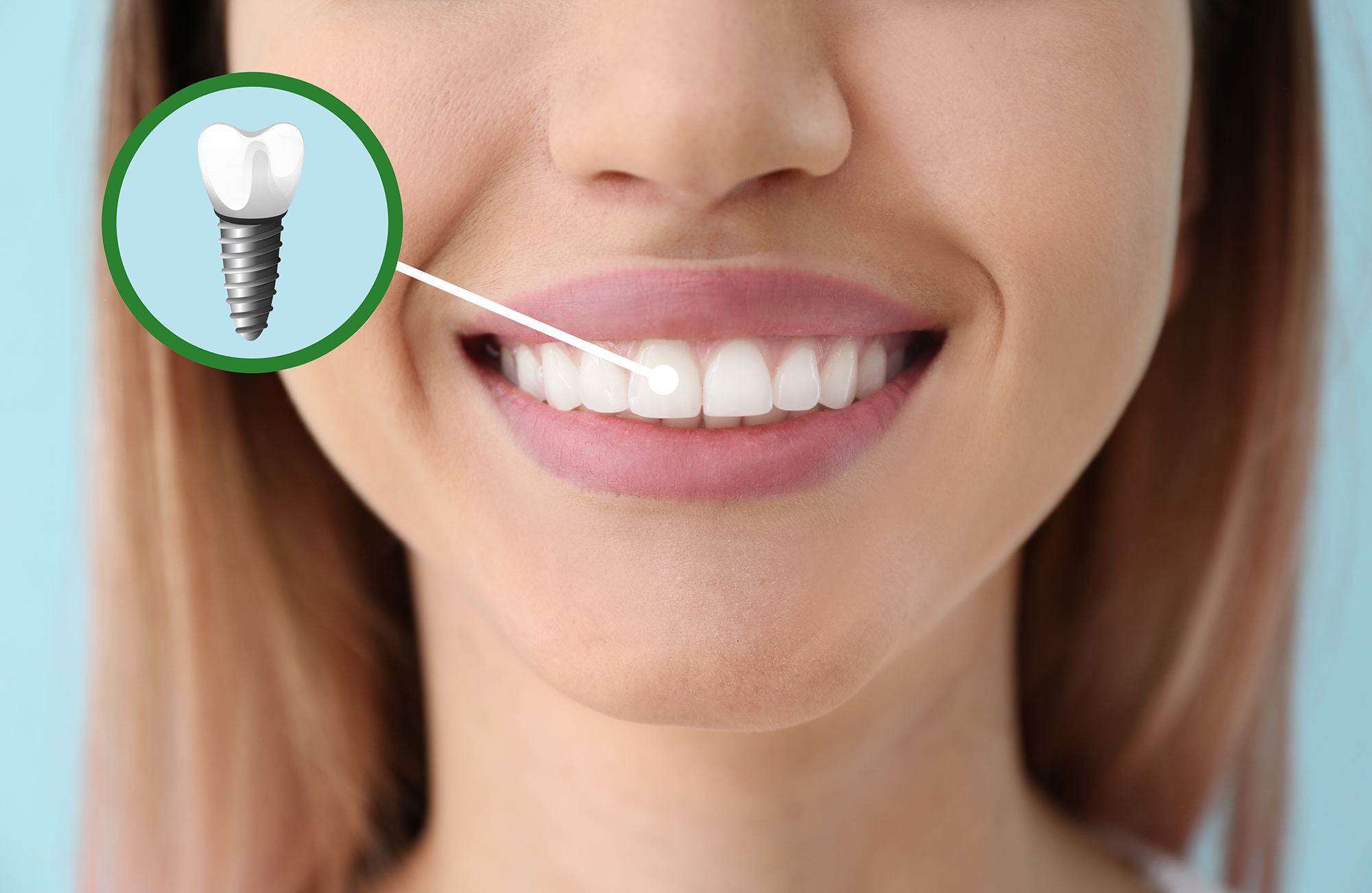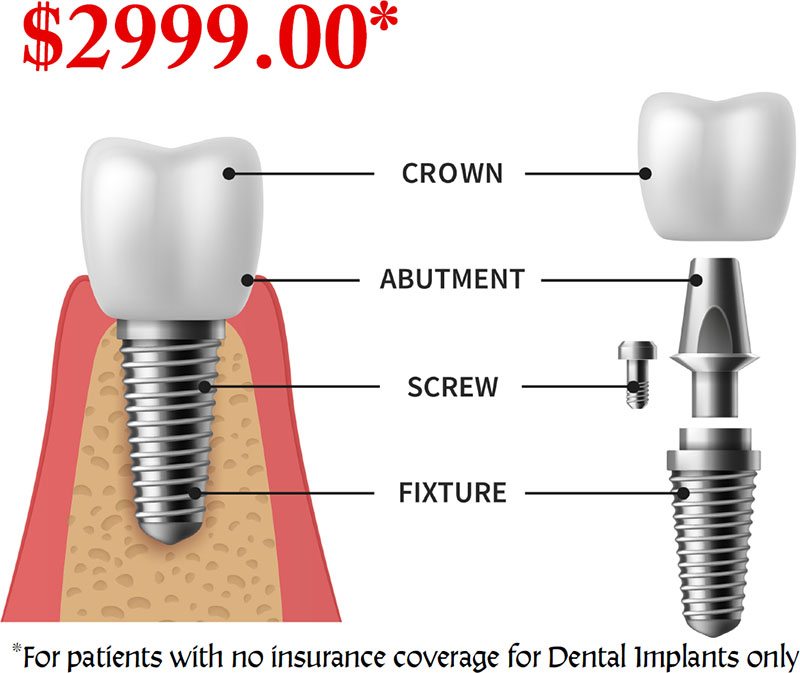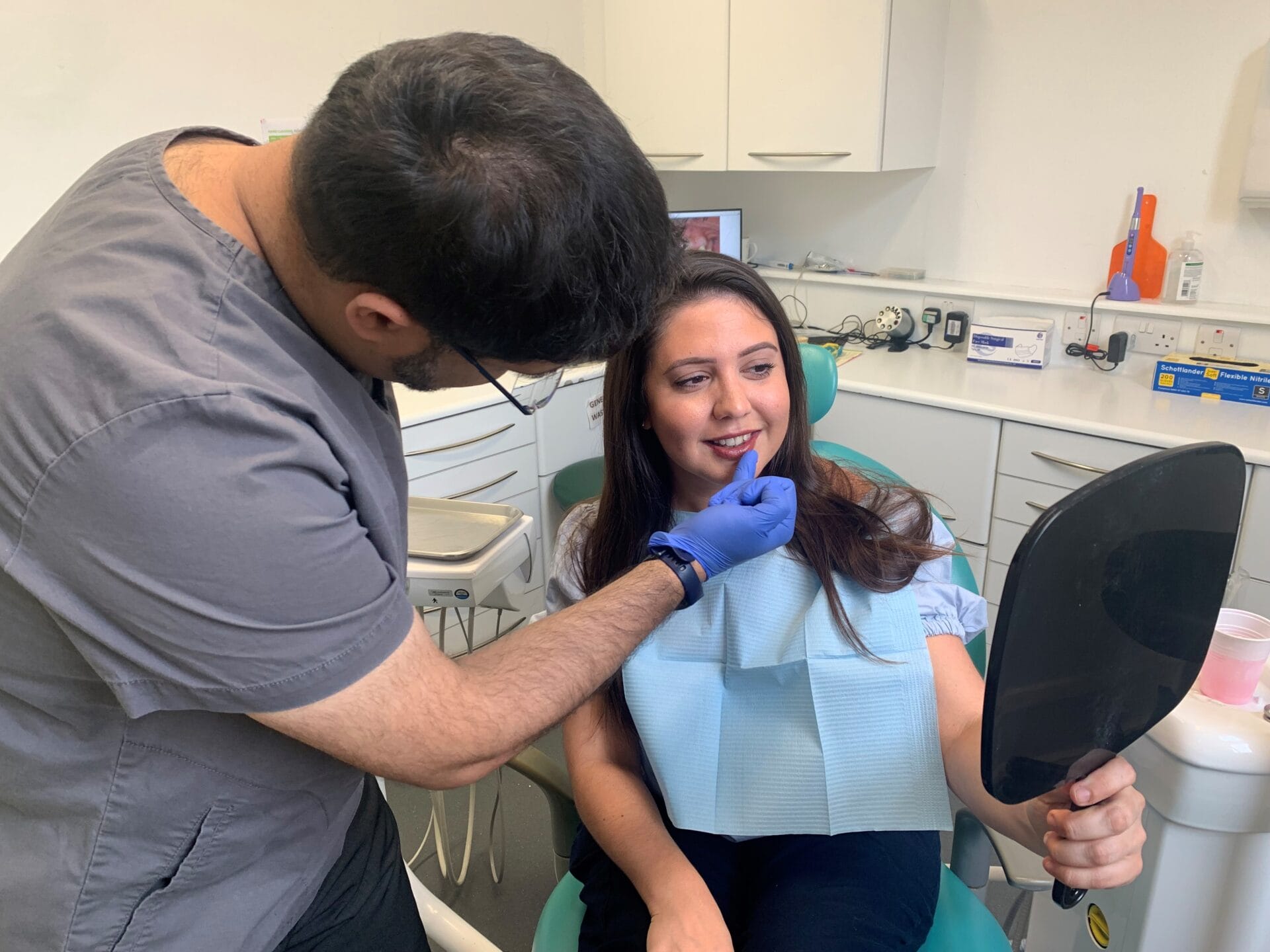Discover Quality in Dental Implants Kent: Smile Confidently
Discover Quality in Dental Implants Kent: Smile Confidently
Blog Article
Experience the most up to date Technologies in Dental Implants Technology
As the area of dentistry continues to advance, the improvements in dental implant modern technology have been nothing brief of exceptional. The integration of technology is changing the capability of oral implants, guaranteeing improved end results and individual fulfillment.
Advanced Products for Improved Toughness
In the realm of dental implants modern technology, the combination of advanced products has actually substantially added to improving sturdiness and durability of these vital dental prosthetics. The utilization of products such as titanium alloys, zirconia, and ceramic compounds has revolutionized the area by offering boosted biocompatibility, toughness, and resistance to deterioration.
Titanium alloys are widely utilized in oral implants as a result of their remarkable strength-to-weight proportion, corrosion resistance, and compatibility with the human body. These alloys make sure the security and longevity of the implant by holding up against the forces exerted during speaking and chewing, supplying a reputable remedy for people seeking resilient tooth replacements.
Zirconia, a sort of ceramic material, has acquired popularity for its biocompatibility and natural tooth-like appearance. Its high stamina and resistance to put on make it a suitable choice for dental crowns and bridges, enhancing the overall looks and capability of the implant.

Digital Imaging for Precise Placement
The evolution of dental implants modern technology has actually even more advanced with the integration of electronic imaging strategies, guaranteeing specific placement of these prosthetics for ideal functional and aesthetic end results. Digital imaging plays a vital role in the planning and positioning of oral implants by supplying in-depth 3D photos of the patient's jawbone framework. This innovation enables dental experts to evaluate bone density, situate essential frameworks, and prepare the exact position and angle for implant positioning with unparalleled precision.
By making use of digital imaging, dentists can produce online medical overviews that offer as a roadmap during the dental implant placement treatment. These guides are tailored for every person, taking right into account their unique makeup and the desired end result. This level of accuracy not only boosts the success price of dental implant procedures however additionally reduces the danger of difficulties.
Moreover, electronic imaging enables dental experts to visualize the final prosthetic reconstruction before the actual placement of implants, allowing for precise preparation and guaranteeing that the end result meets the individual's visual expectations. On the whole, the integration of digital imaging modern technology has transformed the area of oral implants, offering clients a much more foreseeable, reliable, and patient-specific treatment method.

Minimally Invasive Surgical Methods


Improvements in surgical methods have led to the development of minimally invasive strategies in the field of dental implantology. These strategies intend to decrease injury to the client, reduce recuperation times, and enhance general treatment results. Minimally invasive surgeries entail smaller sized lacerations, specialized instruments, and progressed imaging technologies to precisely put oral implants with minimal disturbance to surrounding cells.
One key element of minimally intrusive techniques is using guided surgery, where 3D imaging and computer-aided layout software program are utilized to intend the implant placement with great precision. This allows for a more foreseeable outcome and can usually get rid of the need for considerable flap surgical treatment.
Moreover, improvements in materials and dental implant design have additionally contributed to the success of minimally invasive techniques. Implants with enhanced surface area homes advertise quicker osseointegration, lowering the healing time called for before the prosthetic repair can be positioned.
3D Printing for Personalized Solutions
Making use of 3D printing technology in dental implantology permits for the creation of extremely tailored solutions tailored to private person needs and anatomical variants. This cutting-edge technology allows oral professionals to create and fabricate dental implants with remarkable accuracy and accuracy. By making use of digital imaging strategies, such as cone beam of light calculated tomography (CBCT), detailed 3D designs of the person's mouth can be produced to guide the dental implant planning procedure.
One of the essential advantages of 3D printing in oral implantology is the capacity to create patient-specific implants that perfectly fit the distinct composition of each person. This tailored approach helps improve the overall success and longevity of the implant by ensuring optimal fit and alignment. Additionally, 3D printing enables the production of complicated geometries and complex frameworks that would be tough or impossible to accomplish using conventional manufacturing methods.
Moreover, 3D printing read this technology enables dental experts to simplify the implantation procedure, reducing surgery time and enhancing overall individual experience. With its ability to produce customized remedies swiftly and effectively, 3D printing is transforming the field of oral implantology, offering clients innovative therapy choices and improved end results.
Integrated Modern Technology for Improved Functionality
Applying innovative modern technology in dental implantology boosts functionality and precision, raising the criterion of look after clients undergoing implant treatments. Integrated technology plays an important duty in improving the general success and sturdiness of oral implants. One essential improvement is the combination of electronic scanning and imaging innovations, such as cone-beam calculated tomography (CBCT) and intraoral scanners. These tools enable comprehensive 3D imaging of the person's oral frameworks, helping with specific treatment preparation and dental implant placement.
Moreover, the integration of computer-aided style and computer-aided manufacturing (CAD/CAM) modern technology allows the production of custom-made dental implant remediations with extraordinary accuracy. CAD/CAM systems make use of digital impacts to develop prosthetics that perfectly fit the individual's one-of-a-kind composition, guaranteeing optimum comfort and capability. In addition, the use of robotic-assisted surgical treatment in implant positioning boosts accuracy and decreases the threat of human mistake.
Verdict
Finally, the current developments in dental implants innovation offer enhanced sturdiness with advanced materials, precise placement with electronic imaging, minimally intrusive medical strategies, tailored services Get More Information with 3D printing, and enhanced functionality with integrated modern technology - Dental implants Kent. These developments in oral implants innovation are transforming the field and providing people with even more efficient and efficient therapy options for recovering their smiles and dental health and wellness
The assimilation of innovation is changing the performance of oral implants, guaranteeing boosted results and patient satisfaction.
The development of oral implants Check Out Your URL innovation has additionally advanced with the combination of digital imaging strategies, making certain specific placement of these prosthetics for ideal functional and visual outcomes. Minimally invasive medical procedures include smaller sized lacerations, specialized instruments, and progressed imaging technologies to exactly place oral implants with minimal disturbance to surrounding cells.
Implementing innovative technology in dental implantology improves functionality and accuracy, boosting the standard of treatment for people going through dental implant procedures. Dental implants Kent. Integrated innovation plays an important role in boosting the general success and durability of oral implants
Report this page